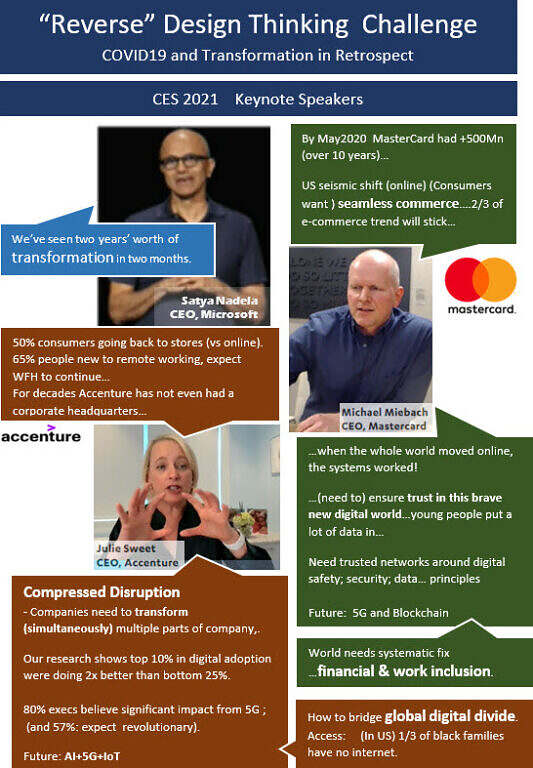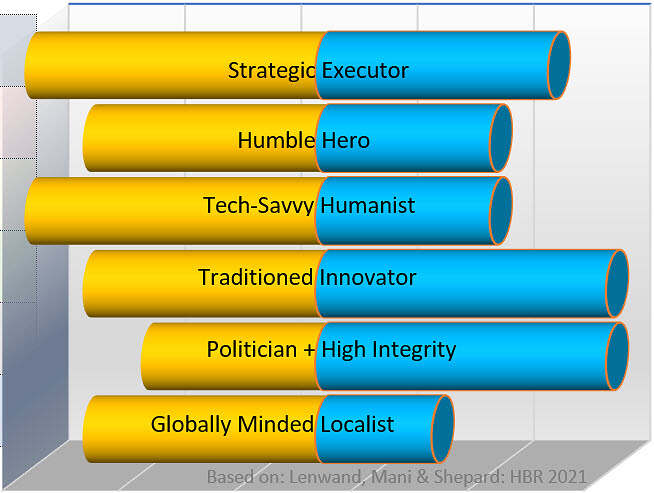Culture is a Force to Harness (Part 7 of 8)
Previously published in LinkedIn 2019SEP06
Part 7/8 of – Transformation Flows, Flaws, and Fails
- ‘Transformation’ is static, towards an end point; ‘Transforming’ is about streaming, aptly.
- Culture is how we communicate and work as a community. – Or how we don’t.
- WWWWWG – We work with what we’ve got: It’s all we got
- A culture that thinks documentation is the same as documenting, you’d likely find reminiscing in the quiet drifts of a pond; not in the fast river streams.
Culture is a River. Denial isn’t. “I’ve described business context as a river. So’s culture. Culture is a massive force, but that does not make it a tool. Its flows are not easily nor sustainably diverted. We work with its currents and banks and depths and paths – patterns carved over much time. Dams are for containment, so could not be forever. Flues designed well, make for faster flows.”
WWWWWG- “We work with what we’ve got: This is what sparked my very controversial pivot. My designated ‘Dark Hat’ guy opposed what he described as an HR’s reflexive ‘We Gotta Change The Culture’ mindset. Dark Hat had identified Process as a core cultural sensibility; but he said that its much deeper flows are actually in the very Group-centric culture that we either struggle with, or that we harness.”
Just ask. Simply ask. “Weeks later, Dark Hat alerted me that the company was bracing for a legal battle with the works council. I broke all protocol, and went directly to the council leaders. I asked. ‘Tell me, how should this work? ’
“I invited the innovation organization to a forum open to any question or conversation. People arrived; quite reserved and justifiably skeptical.
“I described my key projects in eleven themes.
“Then I simply asked them how. And tell me, they did. By the afternoon, they had defined eleven workstreams and their processes. Groups were swarming in an energized din.”
Culture as rhythm: “They chose the Spotify Scrum narrative as their agile approach. It made sense – its granularity, scalability, and cross-group communities.
“The Spotify tribe theme includes oral narratives: stories, chapters, and epics. That’s easy to mistake as fluff; yet it provides a brilliant structure for reconciling mesh points with the central gates and schedules. Teams are to synchronize Epic deliveries with the Product Owner’s gates and schedules. Then, they negotiate with the central Program and Resource folks for “re-outfitting”: much like 18th century sailing expeditions as enterprises.
The Beauty: “We had the makings of a tribe and its patterns to build a culture. The beauty of it? This was as organic a people-solution as it could get.”
The Beast: “And, yes. The beastly thing about organic? There’s quirky worms in the soil, too.”
POSTSCRIPT
On the morning of the presentation of the completed Neo-Jira tool, Dark Hat arrived late. Earlier, he also had flatly refused to lead the tool training program.
I was puzzled. It was Dark Hat who had originally triggered this initiative for an enterprise-level information system. (“Dark Hat” is a role I designate in a team, to give me hard counterpoints; or to work solo on difficult assignments, with minimal direction.)
It would turn out to be our last meeting at the company. It was only years later that I learned he had, yet again, worked overnight before the presentation.
His last two weeks had been a tussle between his restoring functionalities, and their being unwired by the very team I had tasked to assist him and manage the tool delivery. The completion team were removing components including the critical hypertext-tagged Update functionality. They could not have understood the use cases, much less the intended architecture.
Earlier in the summer, actually, I missed a yellow flag. A key administrator on my staff dismissed any value in having an Update functionality – much less the hytpertext tagging for searchability and rethreading.
And that’s how a most significant innovation of the tool did not survive.
A culture thinking in terms of documentation instead of documenting? Knowledge as quiet ponds: repose and repositories. No surprise so many projects were perfectly on time, perfectly on budget – and off the mark, I thought wryly.
But in fairness, any organization of a quarter-million people would need quite a radius, and it couldn’t be an easy pivot. Yet it is still ironic that an information and communications company’s own decision and information processes can be so bound within rigorously metered rhythms and pre-structured meetings. Information, balky and intermittent, dependent on F2F presence synchonicity; needing the physicality of agendas and minutes.
Someday I’ll run into Dark Hat again, and tell all this. He’s the type to laugh at the ironies of a painful struggle, and still remember from any situation the great and wonderful heroes and friends we find.








